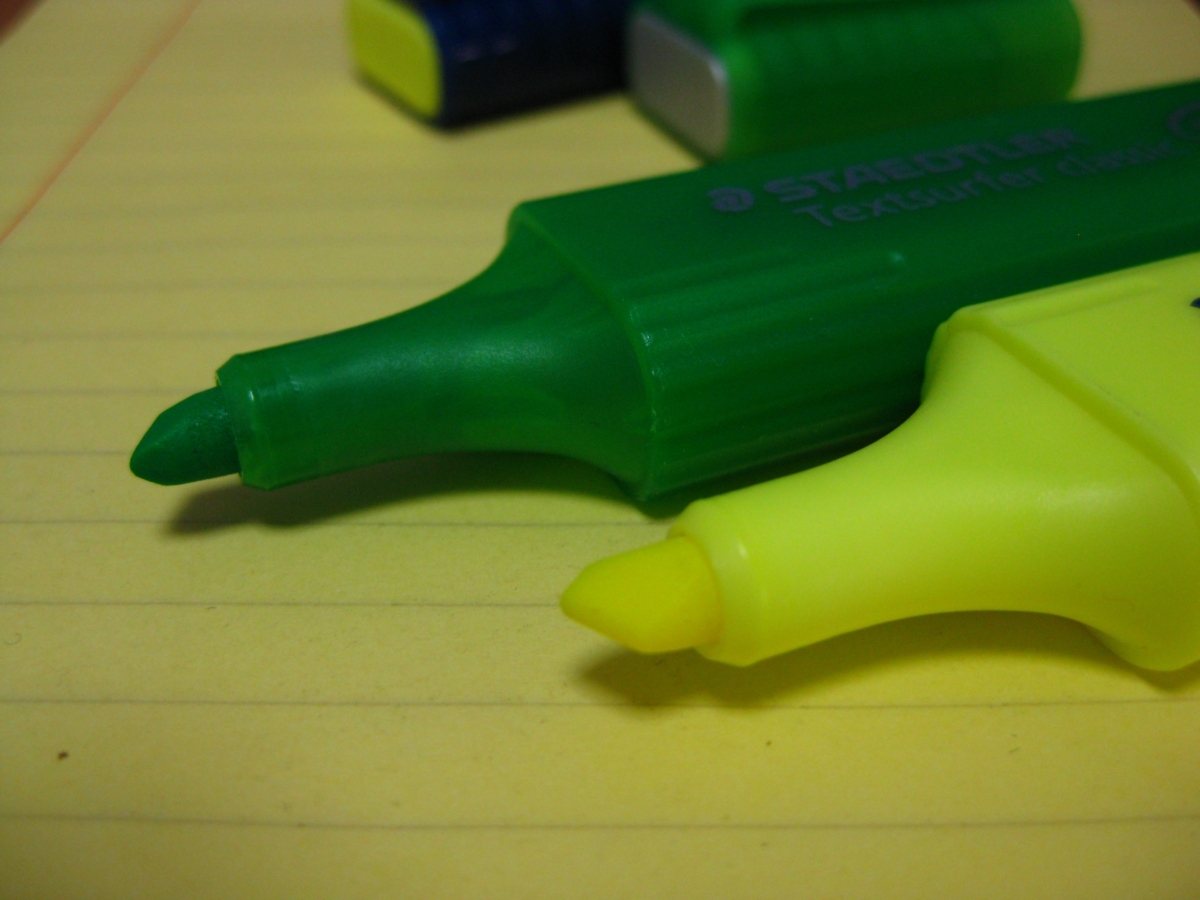How to Blend Colors with Permanent Markers

Blending colours with a permanent marker seems like a tough job. While paints and colours can be easily mixed, the permanent markers are hard to blend and using your finger doesn’t do the trick.
In order to blend, fade or shade the permanent markers, you need to have the basic knowledge about ‘vibrating colour’. The process is a little different from what is done to mix and blend paints, but it is not difficult.
Instructions
-
1
Vibrating Colours
In order to start blending permanent markers, you first need to have an idea about the technique known as vibrating colour. Basically, it is created when different colours are put together against each other. Therefore, when your eye sees these colours close to one another, it tries to read them as one and blends them spontaneously.
There are other rules for vibrating colour as well. In case there is a lot of white between the colours that you have put on, shade the area as light as you can. However, if you want to add black, then the colour that will emerge will definitely be darker.
It is true that there might be some colours that eventually end up mixing up in a way that you don’t like, but soon you will learn and you will gain enough practice to blend them perfectly with this technique. -
2
Gradient
In order to start this little technique, you have to mark a gradient. Try making any shape that you find easy to make. It can be a square, a rectangle, or anything that you find suitable. Now, after drawing the shape, try to colour it with the colour you want to blend with the other. The whole shape will be shaded and is not going to have the same amount of colour. One side will have a darker shade, while the other will be less dark.
Then, take another colour and do exactly the same as you did with the first colour. However, if you started colouring the previous colour from the left, start colouring this one from the right. -
3
Dots
Dots can be extremely helpful if you are starting off new. Try to colour the whole thing with small dots. As small your dot is going to be, the colour blending will be better. -
4
Lines
Drawing lines is also a really good option. They are far more noticeable than dots and the person viewing the blending will find it more convenient if you draw lines rather than dots.







